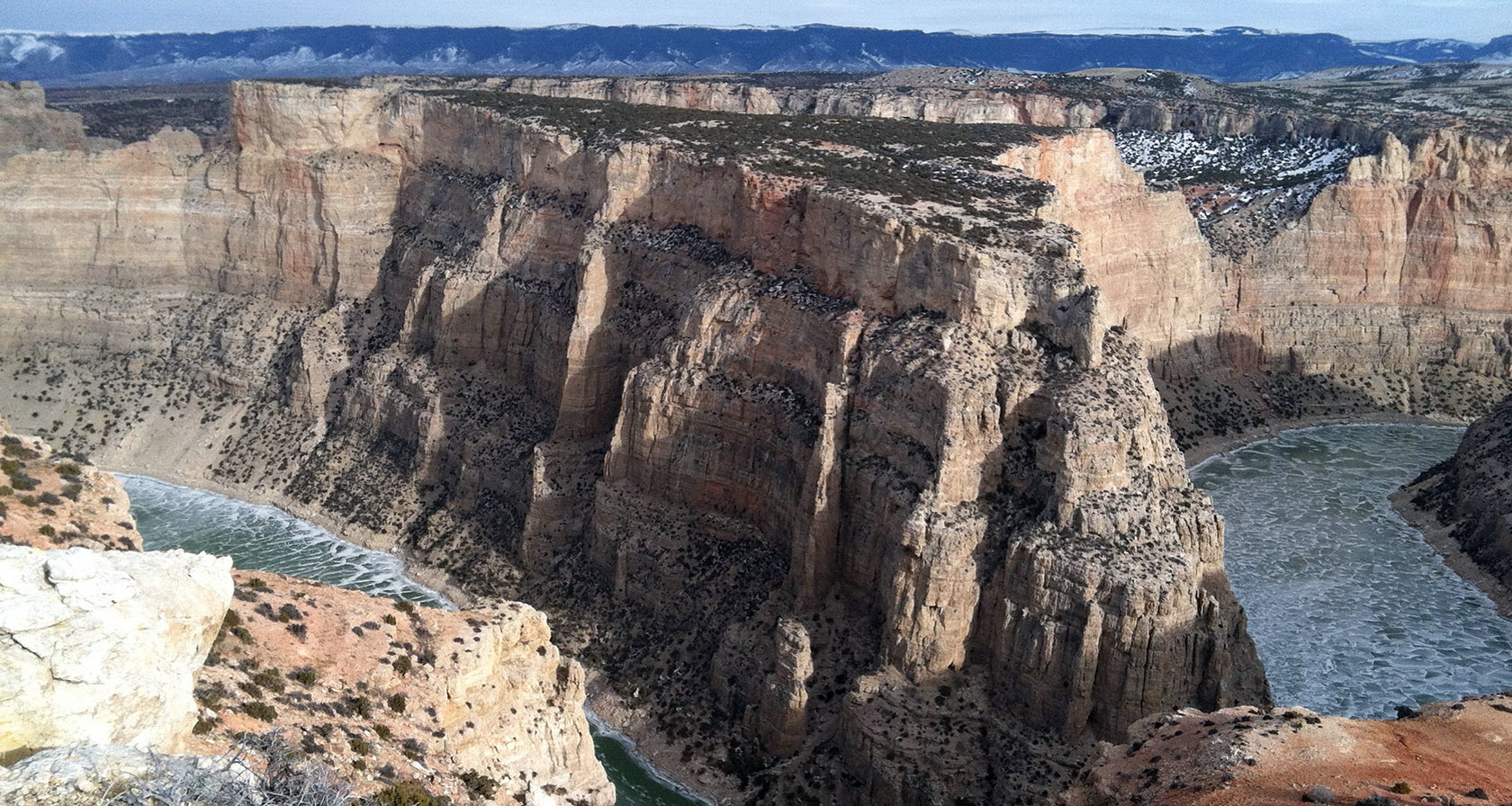GLENTANA
Glentana is ten miles from the Saskatchewan border. Homesteaders began locating around Scobey and nearby Glentana by the hundreds in the early 1900s, even before the government survey. Grassland was turned into fields, some with single-bottom plows pulled by horses and some with hired "gang plows" pulled by big steam engines.Glentana was a station near the end of the branch line of the Great Northern that went up to Opheim.(from Cheney's Names on the Face of Montana, Mountain Press Publishing Company) Before the Great Northern and Soo Line RR branch lines were built into the county area in 1913, supplies were freighted in from the "main line", usually up from Poplar. Grain also had to be hauled there, all by team and wagon. A stage, following about the same route of the ancient Wood Mountain Trail, ran for some years, carrying mail and passengers to the area.At one time, most of the homes in Daniels County were heated by lignite coal, which could be found in most areas of the county. Many rural residents just went out and trip mined their own coal where they found it, perhaps working with a neighbor or two. It was poor quality coal, but the settlers became quite adept at getting maximum heat from it. Without this abundant local fuel source, settling of the area may have had to wait until the rails came. There were a number of commercial mines in the county, some quite extensive. In addition, Glentana used to have a smelter that burned Montana coke, produced by placing coal in coke ovens that burned off the gases and impurities at high temperatures leaving a high-grade fuel called "coke." This activity gradually died out, however.To the south of Glentana is the Fort Peck Indian Reservation. Sioux and Assinniboine live on the reservation, encompassing more than 2 million acres of land just east of Fort Peck Lake, almost to North Dakota, and from 50 miles south of Canada to the Missouri River in the south.

